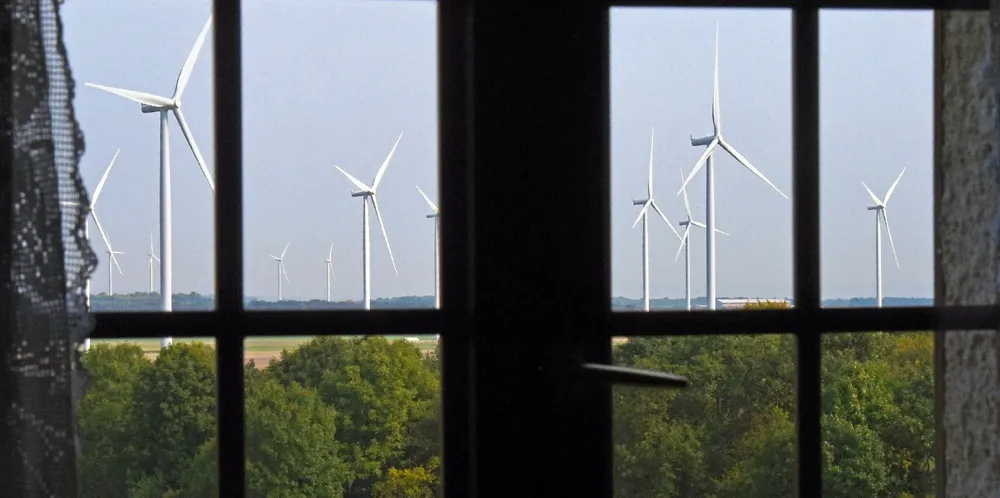Limit to size of wind turbines set by 'social acceptance not technology' say industry chiefs
Community buy-in likely to be decisive and permitting system in dire need of overhaul, high-level conference panel hears

Community buy-in likely to be decisive and permitting system in dire need of overhaul, high-level conference panel hears
